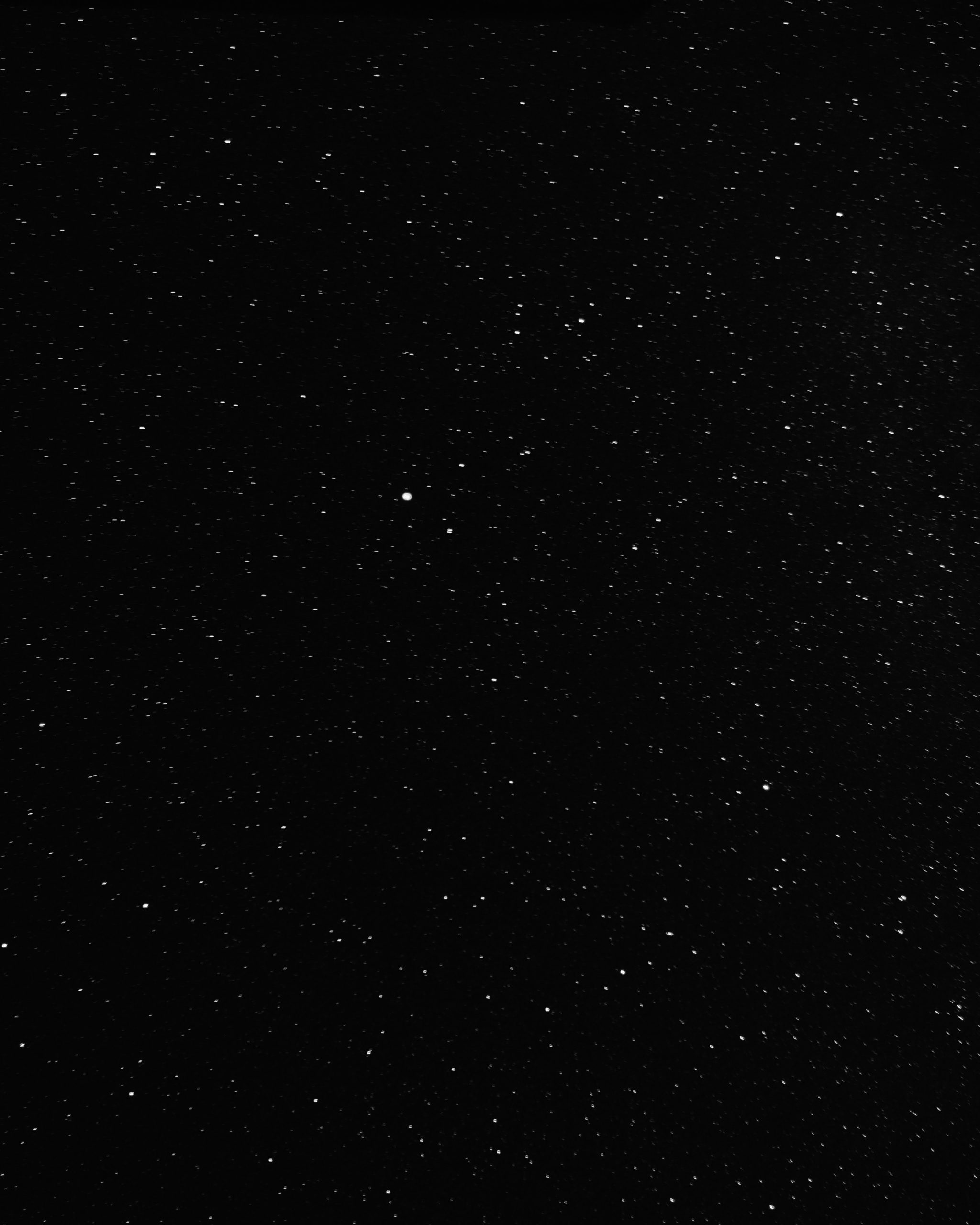Understanding the Eight Phases of the Moon
The moon, our celestial companion, goes through a fascinating cycle known as lunar phases. These phases change its appearance and position relative to the Earth over a period of approximately 29.5 days. Throughout history, humans have been captivated by the mysterious beauty of the moon, pondering over its phases and seeking explanations for its ever-changing appearance in the night sky.
There are eight distinct phases of the moon, each offering a unique perspective and captivating allure. In this article, we will explore these phases in detail, shedding light on the science behind their occurrence and the cultural significance they hold in different societies.
The New Moon
The lunar cycle begins with the new moon phase. During this phase, the moon is positioned between the Earth and the Sun, with the side of the moon that faces us in darkness. The term “new moon” refers to the moon’s invisibility from Earth, as it is directly aligned with the Sun.
Although we are unable to see the new moon, its presence is essential as it marks the start of a new lunar cycle. This phase typically lasts for one to three days, after which the moon gradually becomes visible.
The Waxing Crescent Moon
Following the new moon phase, a small crescent of the moon becomes visible, marking the beginning of the waxing crescent phase. During this period, the illuminated portion of the moon slowly expands, leading to a more prominent crescent shape.
The waxing crescent phase is visible in the western sky shortly after sunset and lasts for approximately one week. As the moon progresses through this phase, its brightness increases, although the darkened portion remains visible, adding to the enchantment of the night sky.
The First Quarter Moon
When the moon reaches a 90-degree angle from its new moon position, it enters the first quarter phase. During this phase, exactly 50% of the moon is visible from Earth. This phase marks the halfway point between the new moon and the full moon.
The first quarter moon is often referred to as a half-moon, as it appears as a semicircle of illuminated light on the right side. It is visible in the evening sky, and its brightness allows for better observation of the moon’s surface features.
The Waxing Gibbous Moon
After the first quarter phase, the moon enters the waxing gibbous phase. During this period, the illuminated portion continues to grow, moving towards a full moon. The term “gibbous” refers to the shape of the moon during this phase – bulging on one side, but still short of being completely round.
The waxing gibbous moon is visible for a week after the first quarter. It provides an impressive sight, with the moon’s surface becoming increasingly visible, revealing its craters, maria, and other geographical features.
The Full Moon
Perhaps the most iconic and easily recognizable lunar phase, the full moon represents the peak of the lunar cycle. At this point, the moon is positioned opposite the Sun, with the Earth in between. The entire side of the moon that faces Earth is fully illuminated by the Sun’s rays.
The full moon is a breathtaking sight, casting its radiant glow across the night sky. It is visible throughout the entire night, rising in the east as the Sun sets in the west. In some cultures, the full moon holds special significance, marking important ceremonies or celebrations.
The Waning Gibbous Moon
Following the full moon, the moon enters the waning gibbous phase. During this period, the illuminated portion of the moon starts to decrease, moving towards a crescent shape. Similar to the waxing gibbous phase, the term “waning” describes the moon’s diminishing light.
The waning gibbous moon is visible during the early morning hours, gradually moving towards the western sky. It remains an enchanting spectacle, though not as luminous as the full moon.
The Third Quarter Moon
When the moon reaches a 90-degree angle again, but on the opposite side from the first quarter moon, it enters the third quarter phase. This phase also marks the halfway point between the full moon and the next new moon.
The third quarter moon is similar in appearance to the first quarter, with exactly 50% of the moon visible from Earth. However, during this phase, the illuminated portion appears on the left side, opposite to the first quarter’s right side.
The Waning Crescent Moon
The final phase of the lunar cycle is the waning crescent moon. During this phase, only a small crescent sliver of the moon is visible on the left side. The illuminated portion continues to shrink until it disappears entirely, transitioning back into the new moon phase.
The waning crescent moon is visible for approximately one week before it gradually vanishes from our sight, marking the completion of one lunar cycle and the beginning of another.
Conclusion
The moon holds a fascinating allure, captivating countless generations and inspiring both scientific inquiry and cultural interpretations. The eight phases of the moon provide a continuous cycle of beauty and wonderment, offering insights into the intricacies of our solar system.
As we observe the moon’s phases, we gain a deeper appreciation for the interconnectedness of the celestial bodies and the rhythm of the universe. Whether it is the ethereal glow of a full moon or the delicate crescent of a waxing or waning moon, each phase offers a unique perspective on the Earth’s closest cosmic companion.
So, the next time you find yourself gazing up at the sky, take a moment to marvel at the moon’s ever-changing phases and the secrets they hold.
Table of Contents
